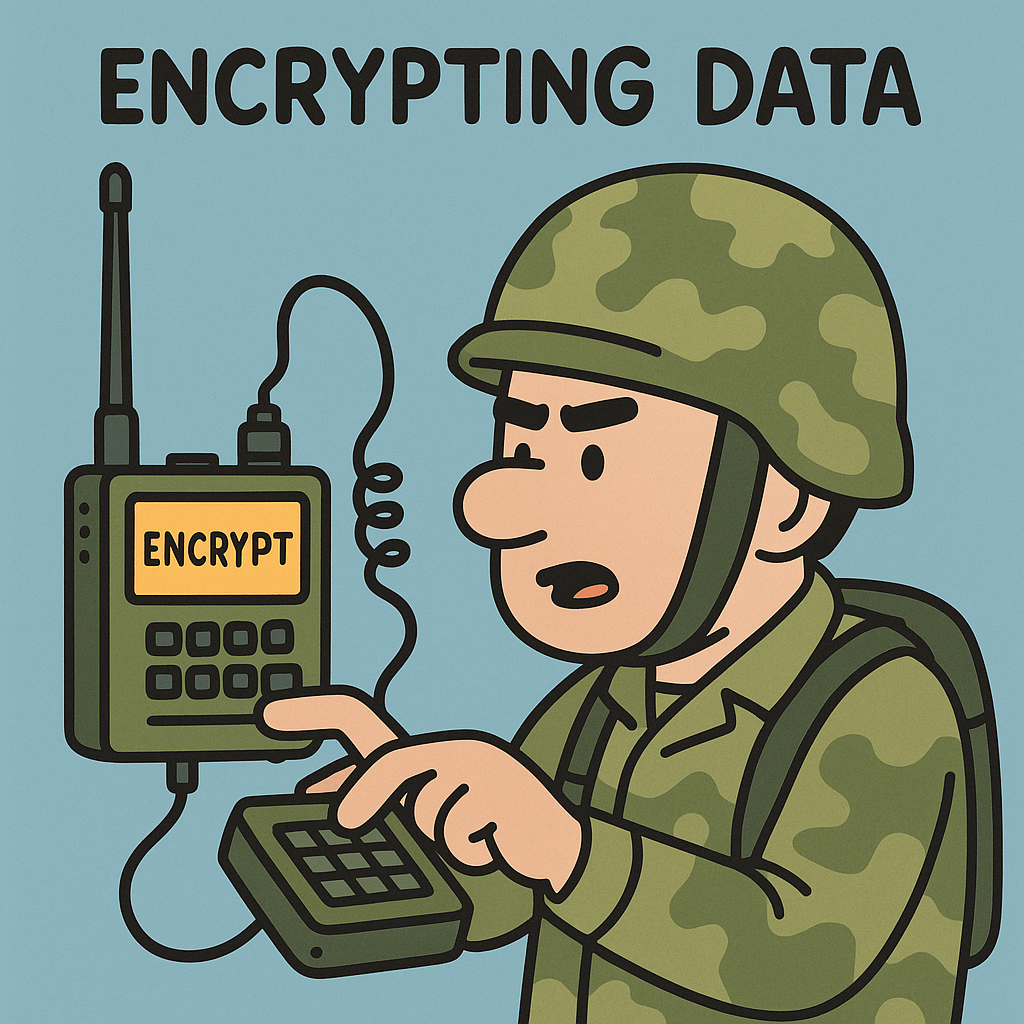Understanding the Importance of Low-Power Encryption in Tactical Radio Systems
In the realm of military communications, particularly tactical radio systems, ensuring secure communication is paramount. The dynamic and often hostile environments in which these systems operate necessitate robust encryption to protect sensitive data. However, implementing encryption in embedded systems poses a unique set of challenges, particularly when it comes to power consumption. As military operations increasingly rely on lightweight, portable devices, designing low-power encryption modules becomes critical for maintaining operational effectiveness.
The Challenge of Power Consumption
Low-power design is not just a matter of convenience; it directly impacts the usability of tactical radios. These devices often rely on battery power, making energy efficiency a top priority. The challenge lies in balancing the need for strong encryption algorithms, which typically require significant computational resources, against the stringent power budgets of embedded systems.
For instance, traditional encryption algorithms like AES (Advanced Encryption Standard) offer robust security but can be power-hungry due to their complex mathematical operations. In contrast, lightweight encryption algorithms, such as PRESENT or SPECK, provide feasible alternatives but may not meet the security requirements for all military applications. Thus, the key question becomes: How do we achieve a secure yet energy-efficient solution?
Hardware Design Considerations
When designing low-power embedded encryption modules, the choice of hardware is critical. FPGAs (Field-Programmable Gate Arrays) and ASICs (Application-Specific Integrated Circuits) are common choices for implementing encryption algorithms in a hardware-efficient manner.
- FPGAs: These offer flexibility and can be reprogrammed to optimize for power consumption and performance. However, they generally consume more power than ASICs for the same tasks.
- ASICs: They are tailored for specific tasks, allowing for optimal power efficiency. The downside is the lack of flexibility; once designed, they cannot be modified.
The decision between FPGA and ASIC will often depend on the mission requirements and the expected lifespan of the device. If the encryption algorithm needs to be updated frequently, FPGAs may be the better choice despite their higher power draw.
Firmware Optimization Techniques
Beyond hardware, firmware plays a crucial role in enhancing power efficiency. Optimizing the code for low-power operation can yield substantial gains. Techniques such as loop unrolling and minimizing data transfers can significantly reduce the processing time and energy consumption of encryption routines.
Moreover, power management strategies like dynamic voltage and frequency scaling (DVFS) can be employed. By adjusting the voltage and frequency according to the operational load, it is possible to save power during periods of low activity while maintaining performance when needed. Implementing these strategies requires a deep understanding of both the hardware capabilities and the specific encryption algorithms in use.
Algorithm Selection and Trade-offs
The choice of encryption algorithm is not merely a matter of performance; it also involves significant trade-offs. While algorithms like AES are well-studied and offer strong security, their higher computational demands can lead to increased power consumption. Conversely, lightweight algorithms might reduce power usage but could expose systems to vulnerabilities if not rigorously tested.
One promising approach is to implement hybrid systems that use lightweight algorithms for initial data encryption, transitioning to stronger algorithms only when necessary. This layered approach may provide the best of both worlds, ensuring quick and efficient encryption while maintaining robust security when the stakes are highest.
Real-World Applications and Lessons Learned
In recent field tests of tactical radios, engineers observed that careful attention to the encryption module design could lead to significant improvements in overall system performance. For instance, integrating a dedicated encryption co-processor allowed for offloading encryption tasks from the main CPU, which not only conserved power but also improved response times during critical communication windows.
Moreover, collaboration between hardware engineers and cryptographers proved essential in developing solutions that met both performance and security needs. This interdisciplinary approach ensured that the encryption modules were not only effective in theory but also in practice, leading to operational success in various military exercises.
As the landscape of military communications continues to evolve, the need for innovative, low-power encryption solutions will only grow. The intersection of hardware capabilities, algorithm efficiency, and real-world application insights will guide the next generation of tactical communication systems toward greater security and resilience in the face of emerging threats.



